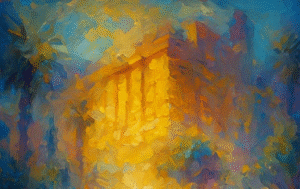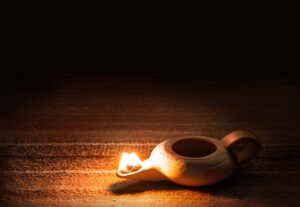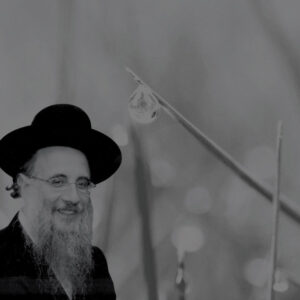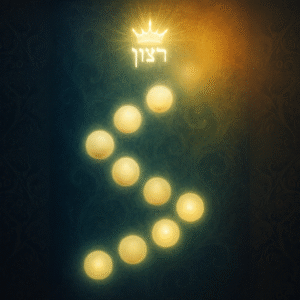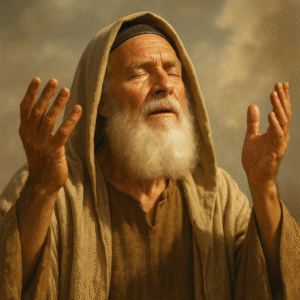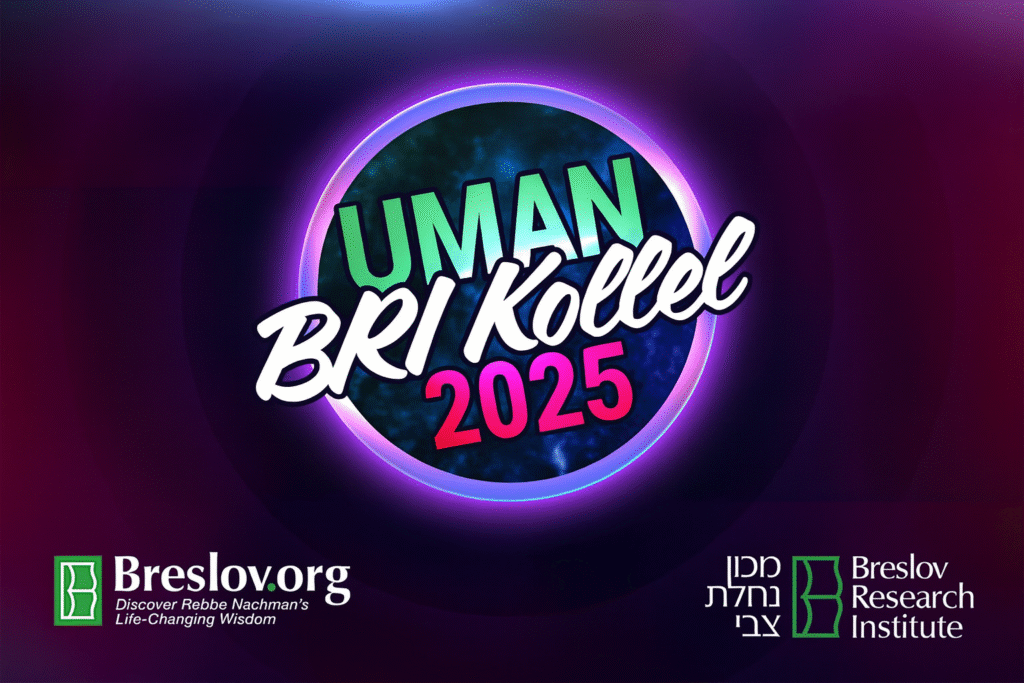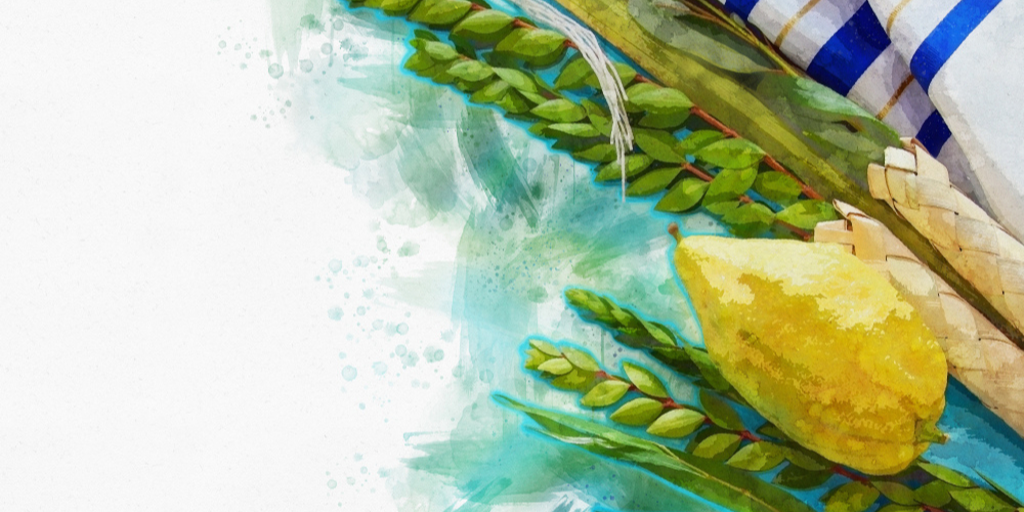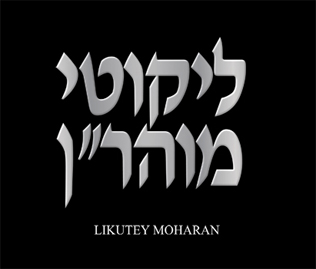Lineage Over Righteousness
The Dilemma of Lineage and Righteousness
After the passing and burial of Sarah Imeinu, Avraham Avinu turns to the task of finding a suitable wife for his son Yitzchak. The Midrash explains that the Akeidah – the binding of Yitzchak – awakened Avraham to this urgency. When Hashem told him, “Through Yitzchak your offspring will be called,” and then commanded him to offer Yitzchak as a sacrifice, Avraham realized that had he already arranged Yitzchak’s marriage, there would have been continuity even if the Akeidah had occurred.
The Midrash teaches that Avraham faced a profound dilemma – Yichus or Tzidkut: should he seek a bride with pure lineage, descended from his own family, or should he prioritize righteousness itself, even from a different and base background?
At first, Avraham leaned toward lineage. His extended family – Nachor, Haran, and their descendants – were from the line of Shem, blessed by Noach. Avraham was living among the Canaanites, descendants of Cham, who had been cursed by Noach: “Cursed be Canaan, a slave of slaves shall he be.” Avraham feared mixing this lineage into the covenantal seed of Yitzchak.
Yet after the Akeidah, his perspective shifted. Seeing how close he came to losing Yitzchak, he said, “I should have already sought a righteous wife for him, even if not from my lineage.” He decided to consider the righteous women of his time – the daughters of Aner, Eshkol, and Mamre, his close allies and students, described by the Torah as ba’alei brito shel Avraham – partners in Avraham’s covenant with Hashem.
The Counsel of Mamre
When Hashem commanded Avraham to perform the Brit Milah, Avraham consulted these three friends. The Midrash says:
- Aner advised against it, fearing it would weaken Avraham and leave him open to attack.
- Eshkol warned it could lead to sickness or death.
- Mamre, however, rebuked Avraham: “You ask me? If Hashem commands you, there is no question – do it!”
Because of this, Hashem later appeared to Avraham “in the plains of Mamre” – rewarding him for the faith and clarity that Mamre had encouraged.
Rabbeinu Bachya offers a remarkable interpretation: the very name Mamre (ממרא) encodes the four miracles that Mamre reminded Avraham of – each proof that Hashem would protect him again:
- Mem – Melachim (the kings) whom Avraham defeated.
- Mem – Milah (the circumcision) itself.
- Resh – Ra’av (the famine) that Hashem saved him from.
- Aleph – Esh (the fire) of Ur Kasdim, from which Avraham was miraculously delivered.
Mamre’s name thus symbolizes his message: the same God who saved you before will save you again.
The Midrash adds another layer: the word Mamre connotes boldness – mered, holy defiance. As a devoted disciple, Mamre spoke sharply, even audaciously, to awaken Avraham’s clarity. Avraham, in turn, deliberately invited this test – he sought to manifest the Yetzer Hara through doubt, so that by choosing faith once more, he could overcome it.
Sparks from the Chamber of Exchanges
Reb Noson explains that Aner, Eshkol, and Mamre were not just random allies – they embodied sparks originating from the Chamber of Exchanges (Heichal HaTemurot). Their very spiritual root was tied to a domain where good and evil intermingle, where the Yetzer Hara swaps truth for falsehood and purity for impurity.
This is why their advice was risky territory. Even though they were righteous converts and loyal companions of Avraham, their spiritual footing remained connected to this unstable domain. And yet Avraham specifically sought them out when asking about Brit Milah.
Why?
Because Avraham wanted to channel the entire struggle of the Yetzer Hara into one front – he chose this to be the battleground. If he could withstand the challenge of doubt that came disguised inside the advice of people rooted in the Chamber of Exchanges, he would conquer the test at its source.
This explains:
- Why Mamre is mentioned last – acharon acharon chaviv – because he rose above the distortion of his spiritual root and gave the clearest answer.
- Why Hashem always revealed Himself to Avraham “in Elonei Mamre” – because Mamre’s clarity broke through a domain built on confusion.
This background sets the stage for the parshah’s central question:
Should Yitzchak marry based on lineage or righteousness?
Hashem’s Instruction: Lineage Comes First
After the Akeidah, Avraham momentarily thought:
Perhaps I should stop waiting for the perfect lineage. Let Yitzchak marry a righteous girl – even from Aner, Eshkol, or Mamre.
Hashem immediately revealed otherwise:
“The true zivug for Yitzchak has just been born.”
That girl was Rivka, born at that very moment. Avraham was instructed to wait three years and then send Eliezer to his own homeland to arrange the match.
Thus, when Avraham made Eliezer swear not to take a wife from the Canaanites, he was reaffirming:
- Lineage must be preserved for Yitzchak,
- Because Yitzchak is “an olah temimah,” a pure, unblemished offering,
- And may not leave the Holy Land or be mixed with the cursed lineage of Canaan.
Only a girl from Avraham’s extended family – descendants of Shem – was suitable.
Even if a Jew falls and becomes entangled in the chamber of exchanges, he is never spiritually doomed
Eliezer’s Oath and the Backup Plan
Eliezer asked the obvious question:
What if the girl refuses to come? Should I bring Yitzchak there?
Avraham answered with absolute clarity:
- “No. Never take my son out of the Land.”
- If she refuses, Eliezer is released from the oath,
- And then Yitzchak may marry from the righteous daughters of Aner, Eshkol, or Mamre.
They were the backup plan – righteous but lacking lineage.
Rashi explains that while righteousness is usually the primary factor – even a mamzer talmid chacham is greater than a Kohen Gadol – Yitzchak was different.
Yitzchak was the foundation of Am Yisrael, whose descendants would later enter the diaspora – the spiritual counterpart of the Chamber of Exchanges. His roots needed to be completely firm, unblemished, and anchored in the purest possible lineage.
And in the end, Hashem provided both:
- Rivka had perfect lineage
- Rivka was personally righteous, even at age three
- Eliezer’s prayer was accepted
The zivug of Yitzchak and Rivka became the perfect union to build the next stage of the Jewish people.
The Enduring Strength of Yitzchak and Rivka’s Foundation
This brings us back to the core message of the parshah. Yitzchak could not marry from Aner, Eshkol, and Mamre – despite their righteousness – because he had to remain completely pure, an olah temimah. Their daughters may have been personally worthy, but their roots were still tied to the chamber of exchanges. That spiritual instability could, at any moment, reawaken and pull downward. Yitzchak, as a tzaddik ben tzaddik, required a wife who matched his lineage, not just personal merit, in order to establish a foundation capable of upholding the future of Am Yisrael.
Avraham, a tzaddik ben rasha (even though Terach eventually did Teshuvah, still, compared to the calibre of Avraham, he was considered unworthy), had the strength to elevate what was damaged; Yitzchak did not come from such brokenness, and therefore his foundation had to be firm, untainted, and pure. Rivka – born from the family of Shem – provided that foundation. Because of their marriage, every Jew carries within their spiritual DNA a point of holiness that cannot be extinguished. Even if a person falls into the chamber of exchanges, becomes confused, trapped, or spiritually distant, one thing remains unchanged: I am a Jew. I have a pintale Yid. I can always come back.
This is the power of lineage over personal righteousness in the specific case of Yitzchak Avinu. His marriage needed to produce a nation capable of withstanding endless exiles, distortions, temptations, and spiritual confusion – while still retaining the inner pull to return to Hashem.
Why Aner, Eshkol, and Mamre Remained the Second Option
Still, it’s no coincidence that Avraham lists all three as the fallback option. Though they were Canaanites and came from the chamber of exchanges, each of their names hints to a special virtue:
- Aner can be read as Ayin–Ner – 70 (the seventy nations / facets of Torah) shining as a ner, a candle. Aner hints at the ability to illuminate holiness hidden among the nations.
- Eshkol evokes Ish Eshkolot – the Torah’s term for a person of many talents, a cluster of virtues, someone who mastered many areas of Torah.
- Mamre, as seen earlier, embodied holy boldness and deep faith, his very name hinting to malchut, milah, ra’av, esh – the four salvations he reminded Avraham of. His name also connotes the exchange (המרה) of the chambers.
Each carried a powerful spark, even if their lineage was blemished. Had Rivka not existed, Avraham was prepared to rely on their righteousness – but only as a distant second choice, because their roots were spiritually unstable.
The Eternal Gift We Inherited
And so the parshah reveals a profound encouragement for us. Even if a Jew falls, even if he becomes entangled in the chamber of exchanges, he is never spiritually doomed. Our foundation – sealed through the holy union of Yitzchak and Rivka – is unshakeable. That pure lineage means that no matter how far we drift, we retain an eternal ability to return.
This is why their names are highlighted in the Shabbat morning tefillah, in Befi Yesharim Titromam, where the rashei teivot spell “Yitzchak” and “Rivka.” And this is why Nishmat – the tefillah of pure gratitude – is tied to them. Their marriage formed the bedrock of Jewish identity, enabling us to say Modeh Ani every morning with sincerity. I woke up. I am a Jew. I have a foundation. And because of that, I can give thanks.
May we merit to appreciate this deep gift – the strength to rise, to return, and to reconnect – no matter the darkness or confusion around us. Shabbat Shalom.
Meir Elkabas
- 0 comment




